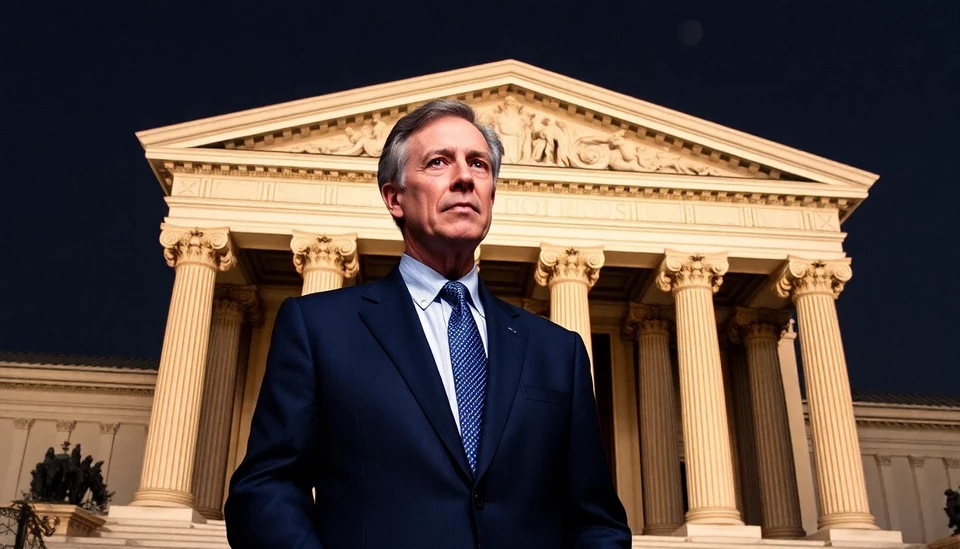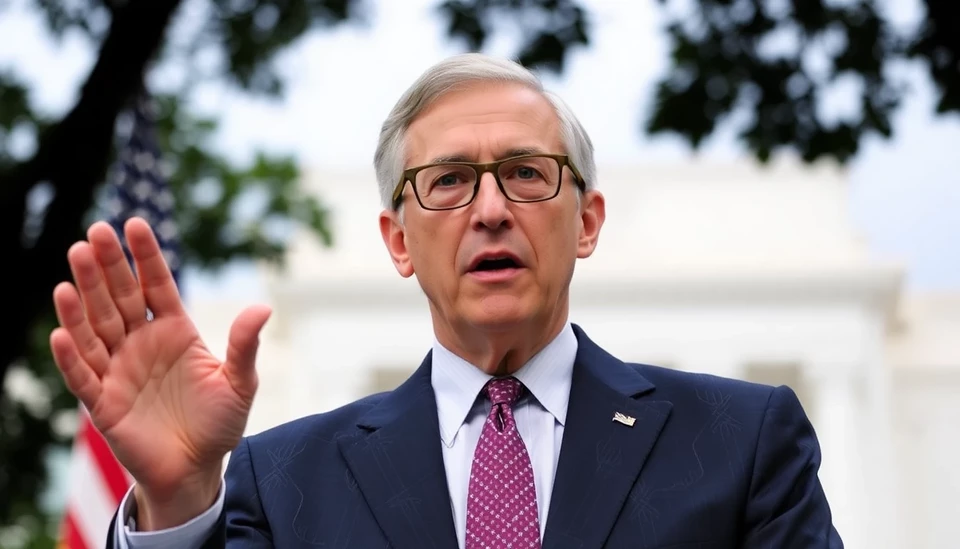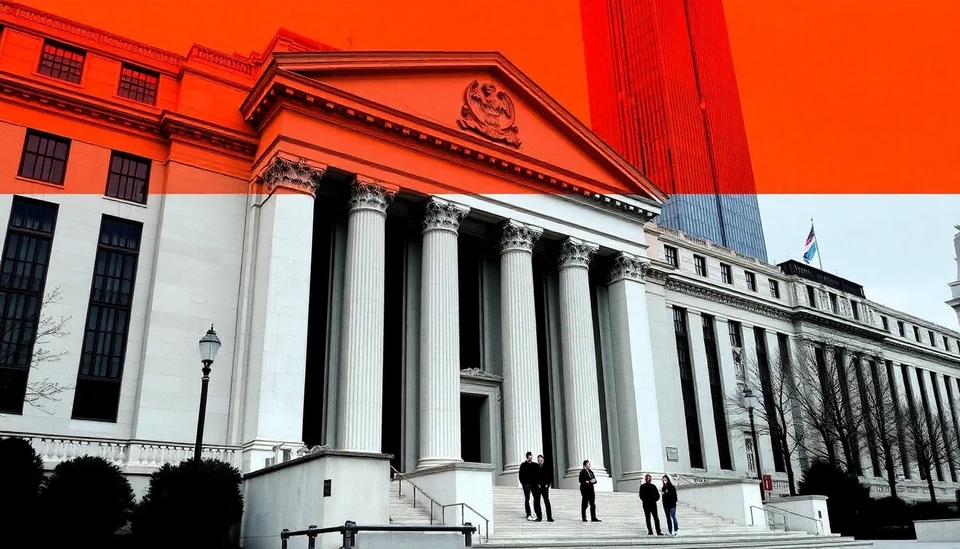
Federal Reserve Bank of Minneapolis President Neel Kashkari has voiced that the ongoing strength in the U.S. economy could lead to fewer cuts in interest rates than previously anticipated. His remarks come at a critical juncture as the Fed evaluates its monetary policy strategy against a backdrop of robust economic indicators.
In a recent discussion, Kashkari highlighted the resilience of consumer spending and the labor market, emphasizing how these factors contribute to a less urgent need for rate reductions. "If our economy continues to show strength, we may not have as many rate cuts as some market participants expect," he noted, signaling a potential shift in future monetary policy decisions.
This assessment follows a series of economic readings that have been stronger than analysts had forecasted. The job market remains tight, with unemployment rates remaining low, and inflation pressures appear to be stabilizing around the Fed's target. Kashkari's perspective aligns with a growing sentiment among certain Fed officials who argue that more caution is necessary in adjusting interest rates.
Kashkari, who has often been viewed as a voice of caution within the Fed, reiterated the central bank's commitment to its dual mandate of maximizing employment and maintaining price stability. He suggested that if these trends continue, the Fed might opt for a more tempered approach to rate cuts, prioritizing economic stability over aggressive monetary loosening.
As the Federal Reserve continues to navigate a complex economic landscape, Kashkari's comments reflect an ongoing debate within the central bank regarding the balance between ensuring economic growth while controlling inflation. His emphasis on a data-driven approach suggests that future rate decisions will be closely tied to forthcoming economic indicators.
Investors and market analysts are closely monitoring these developments, as any shift in the Fed's rate-cutting trajectory could have significant implications for the broader financial markets. The focus will now be on key economic reports, including employment data and consumer spending figures, to gauge the health of the economy and the Fed's policy shifts.
In conclusion, while Kashkari acknowledges the potential for fewer rate cuts, he underscores the importance of ongoing assessment of economic performance to determine the appropriate monetary policy direction moving forward. This approach indicates a cautious optimism about the U.S. economy's resilience in the face of global uncertainties.
#Fed #InterestRates #NeelKashkari #Economy #MonetaryPolicy #Finance #Inflation #Employment #ConsumerSpending
Author: Laura Mitchell




